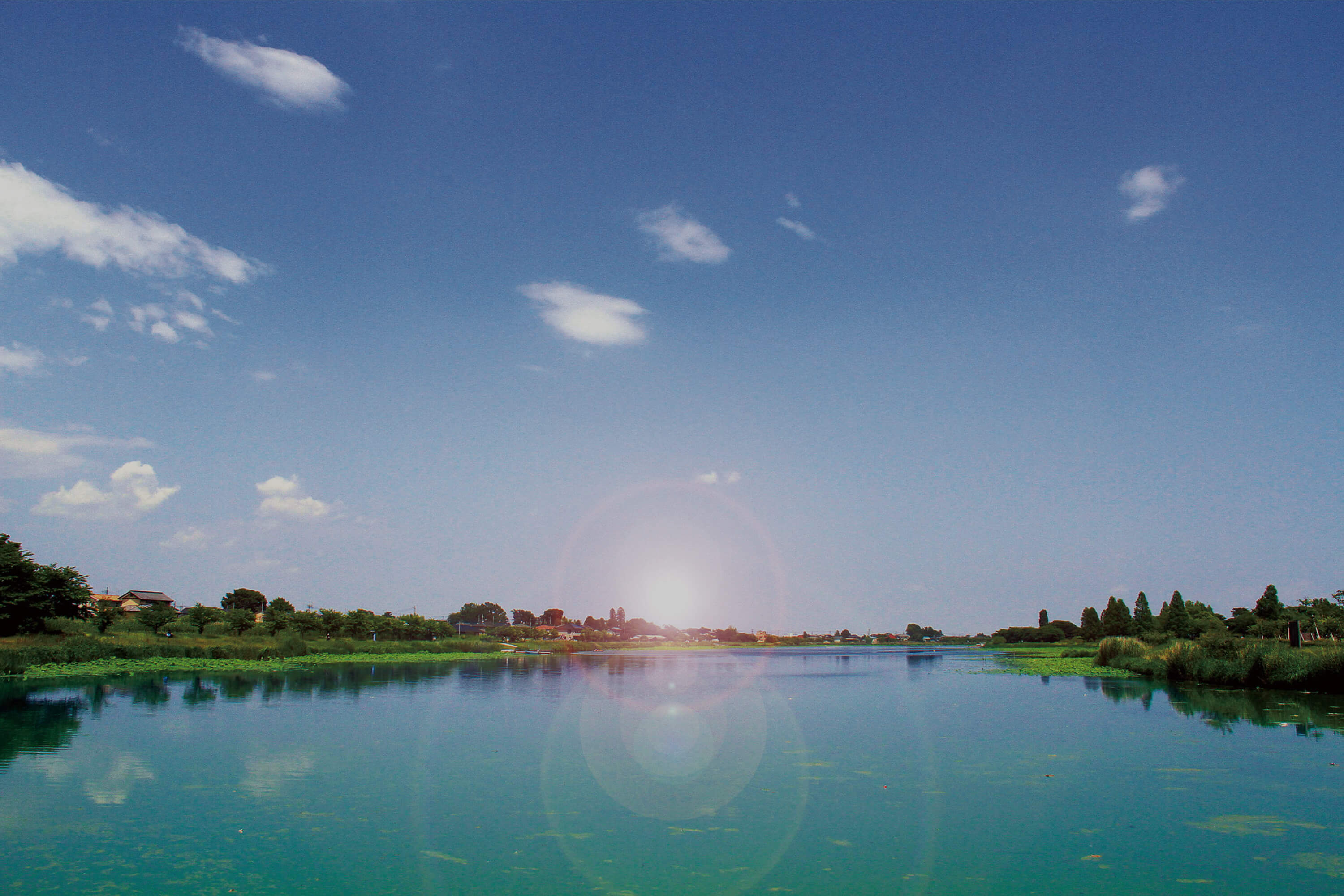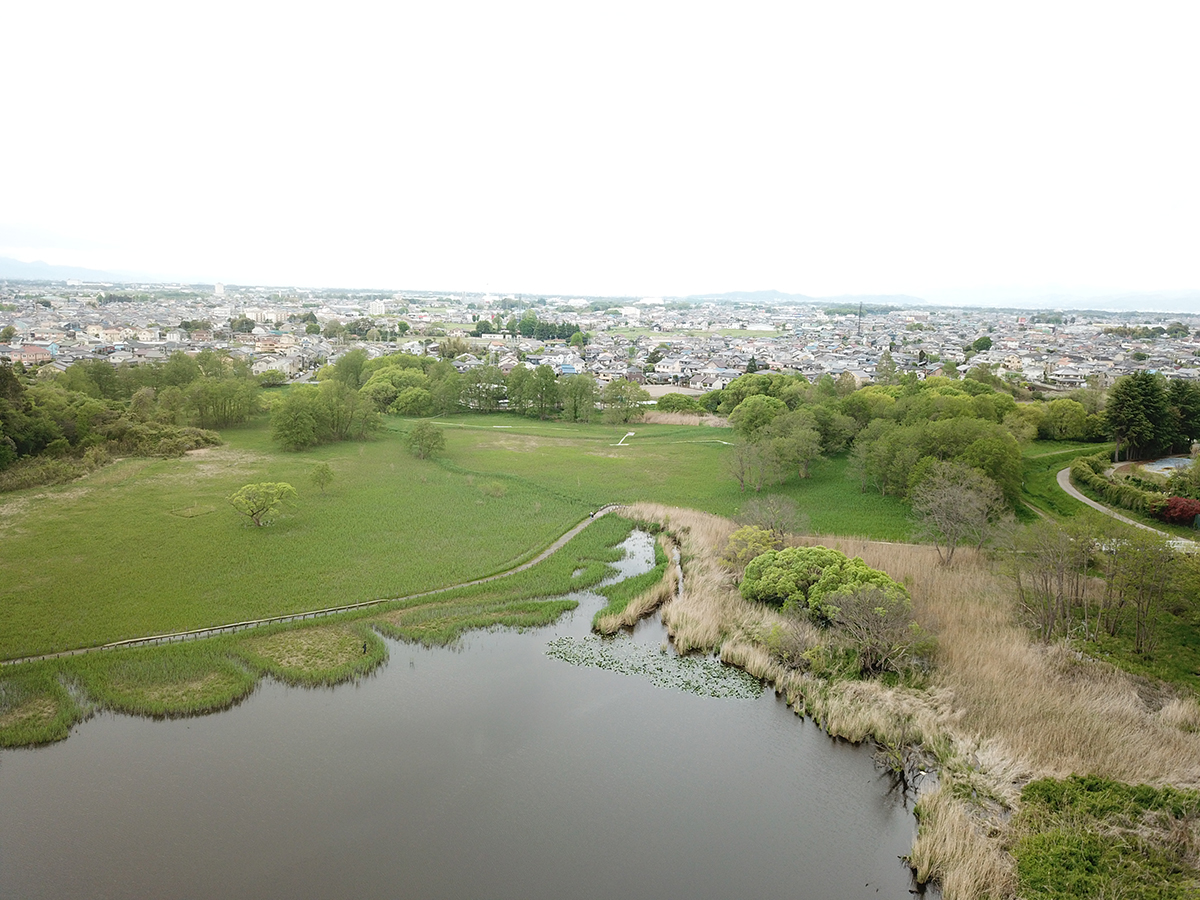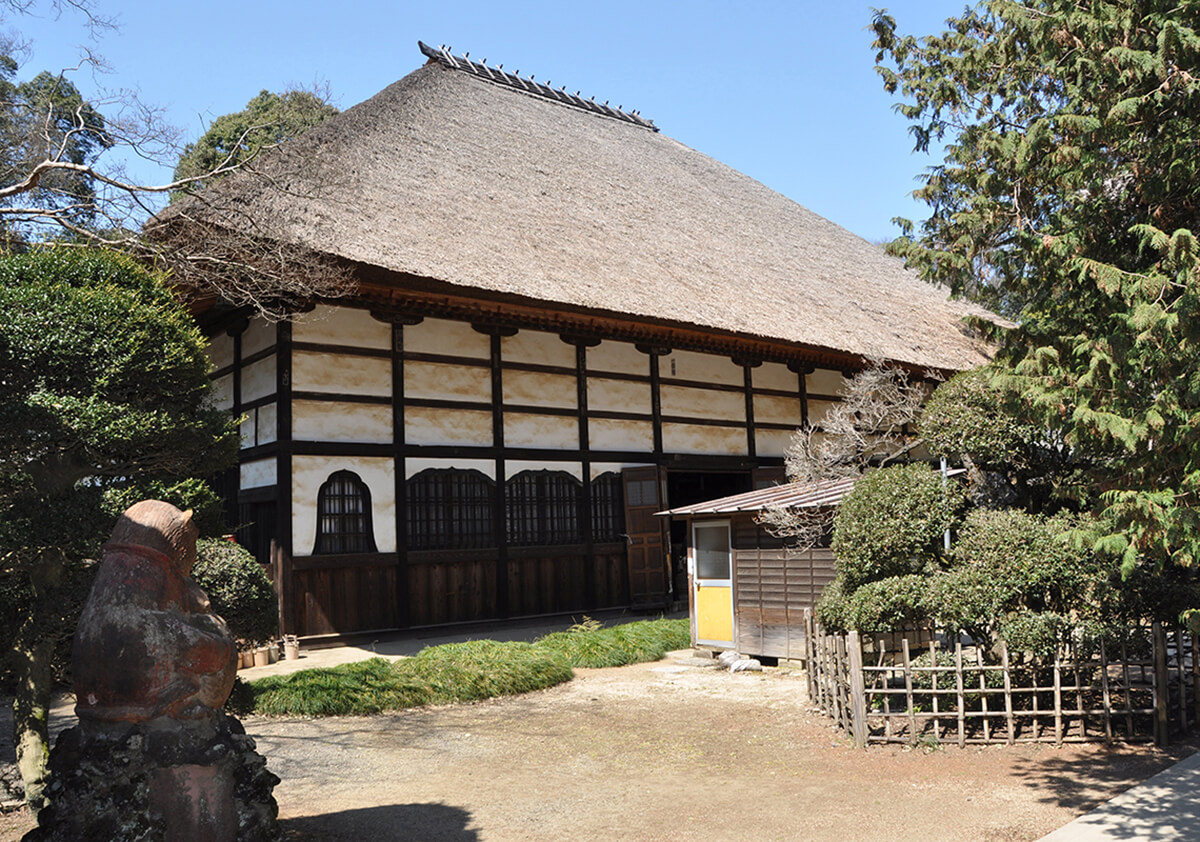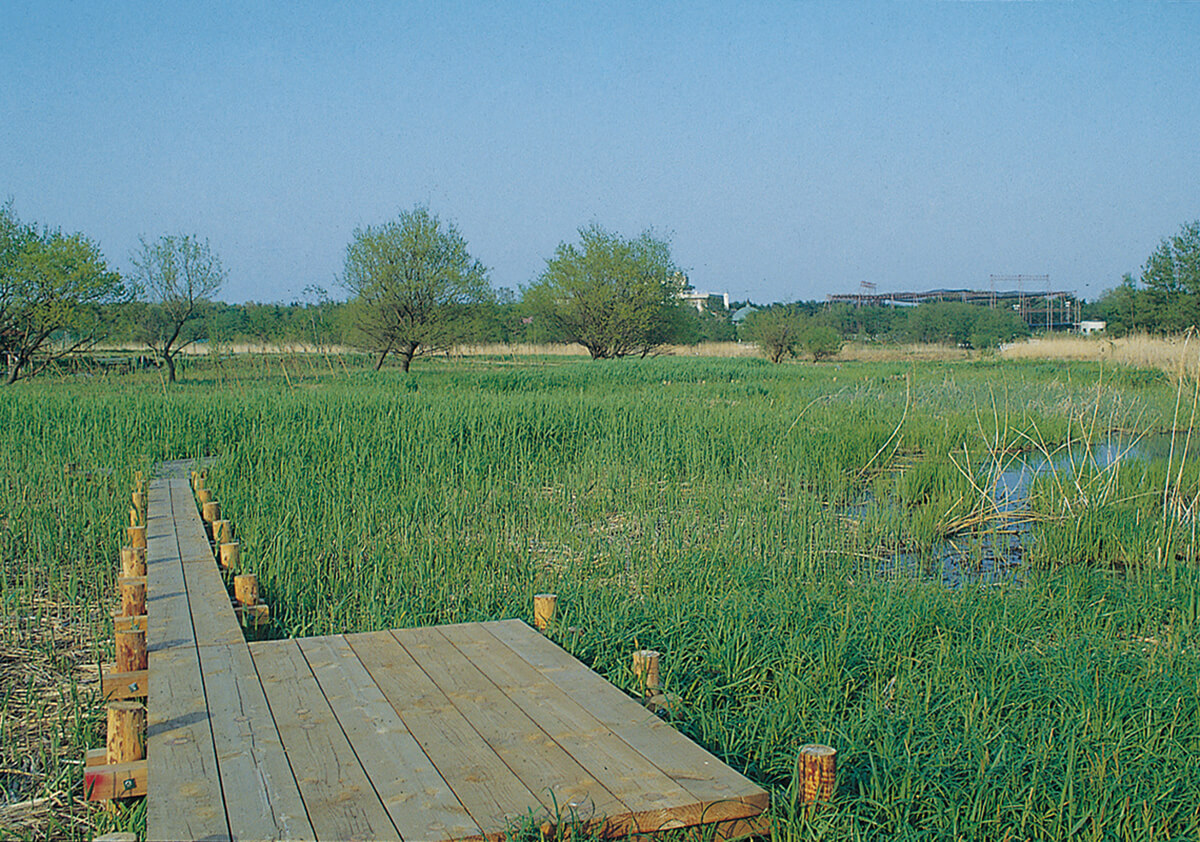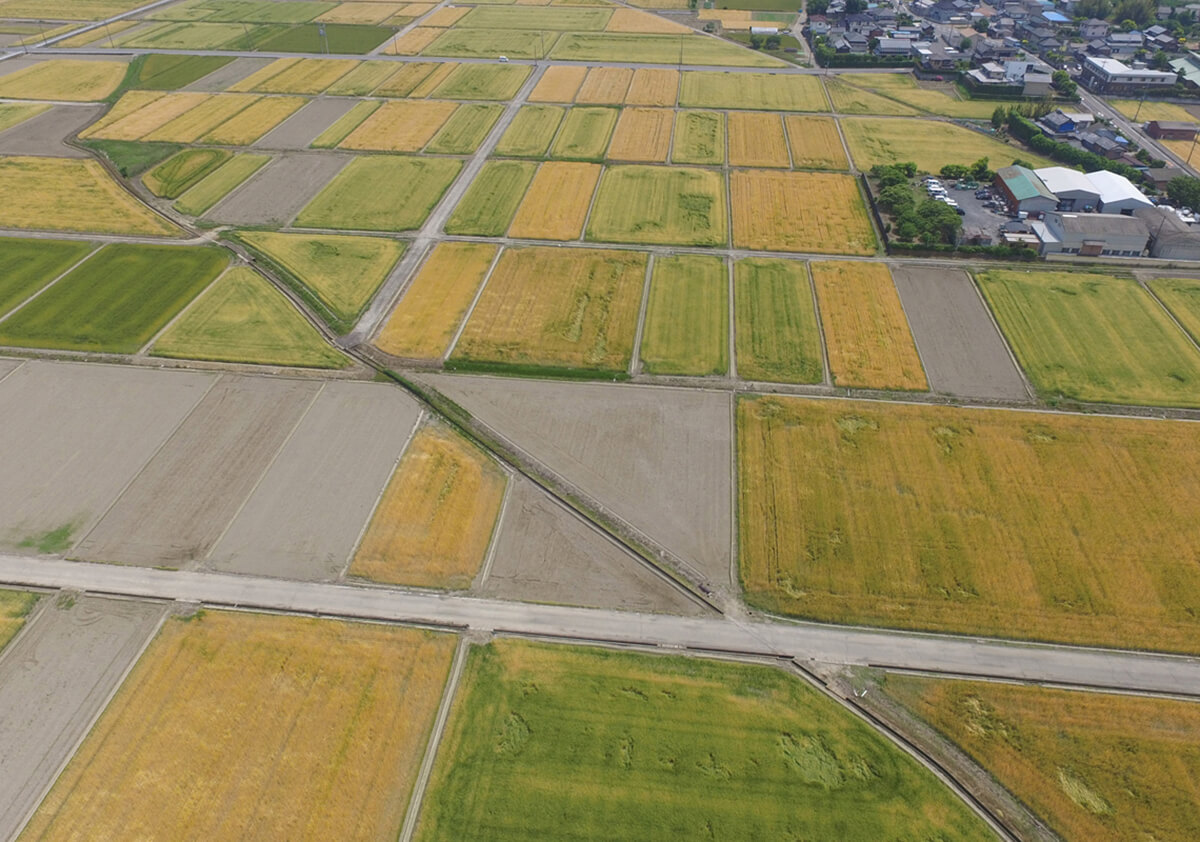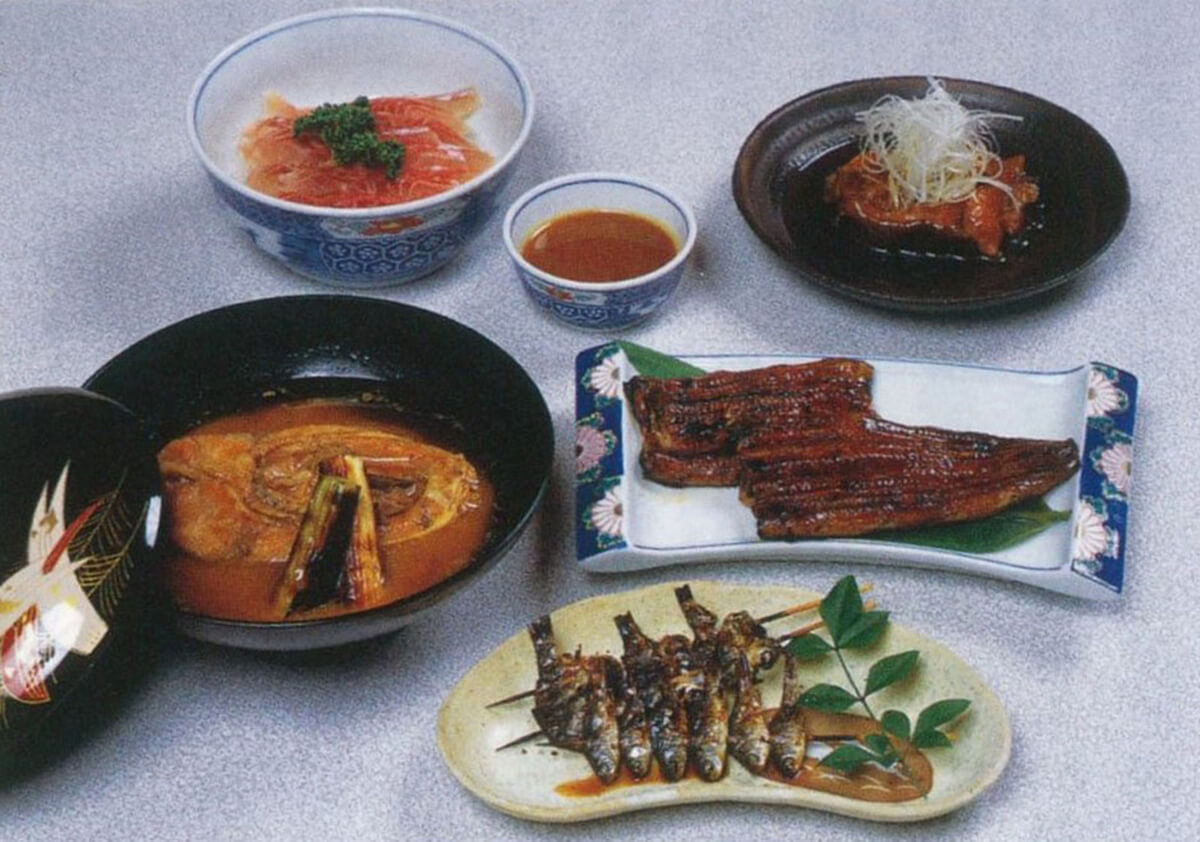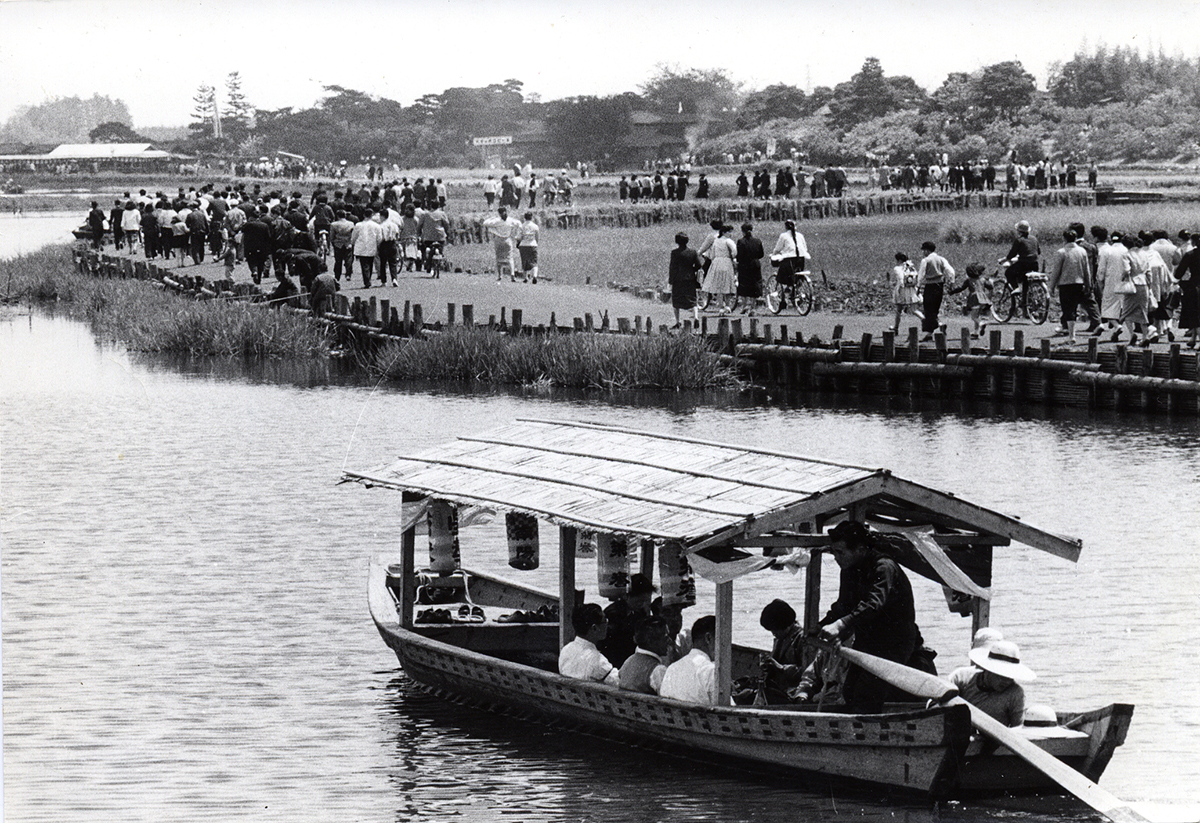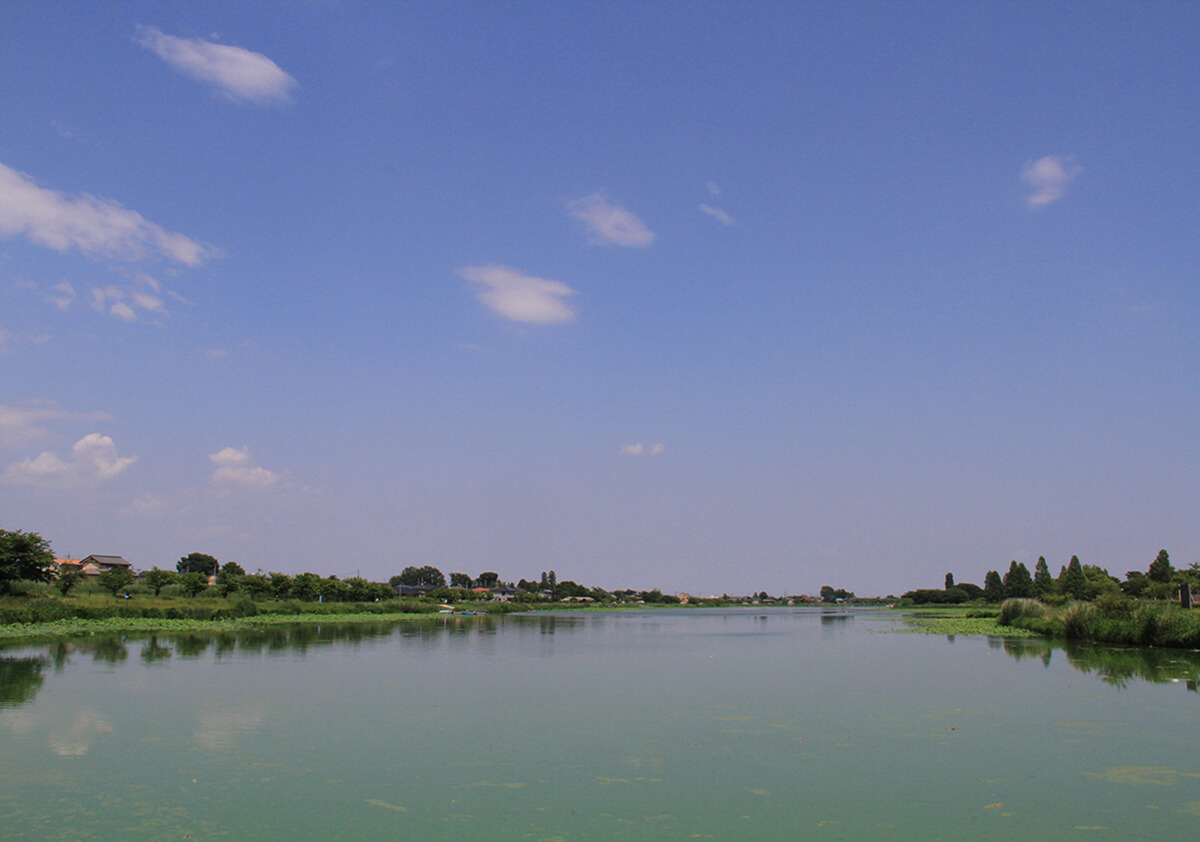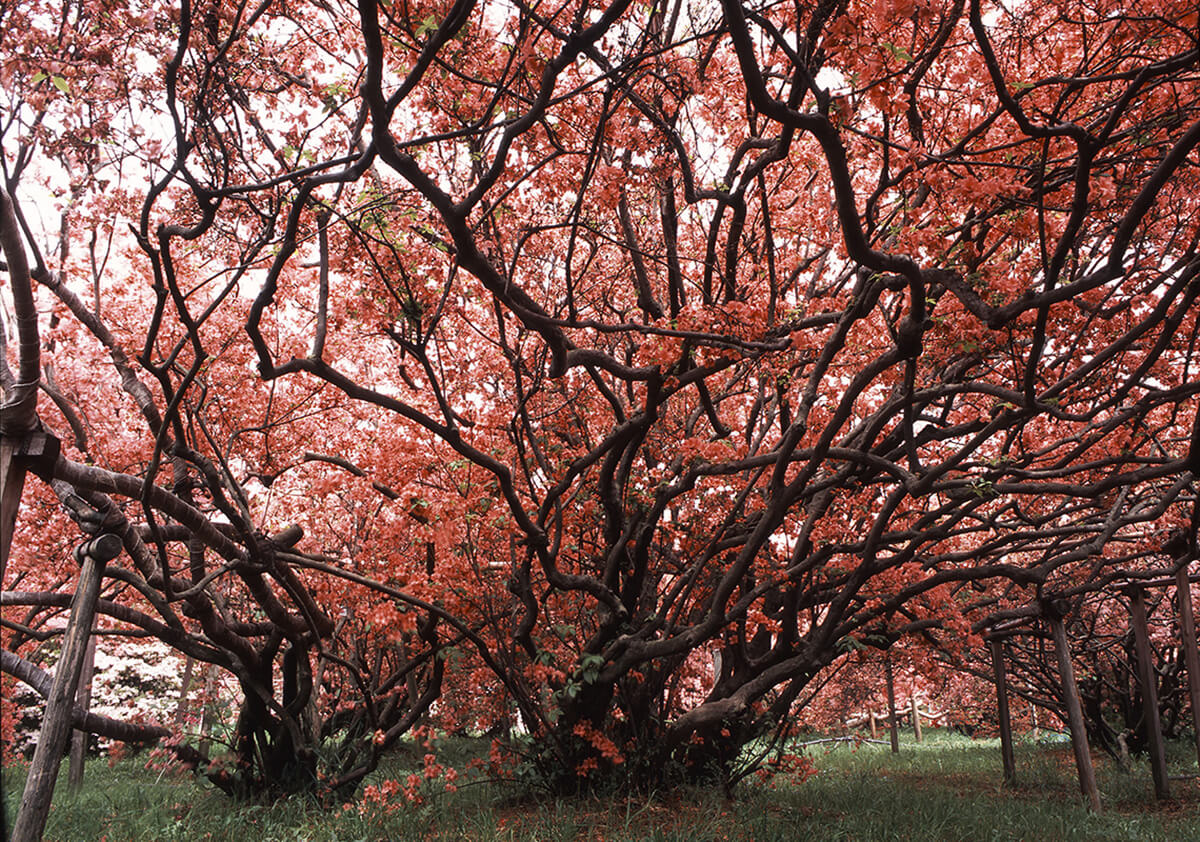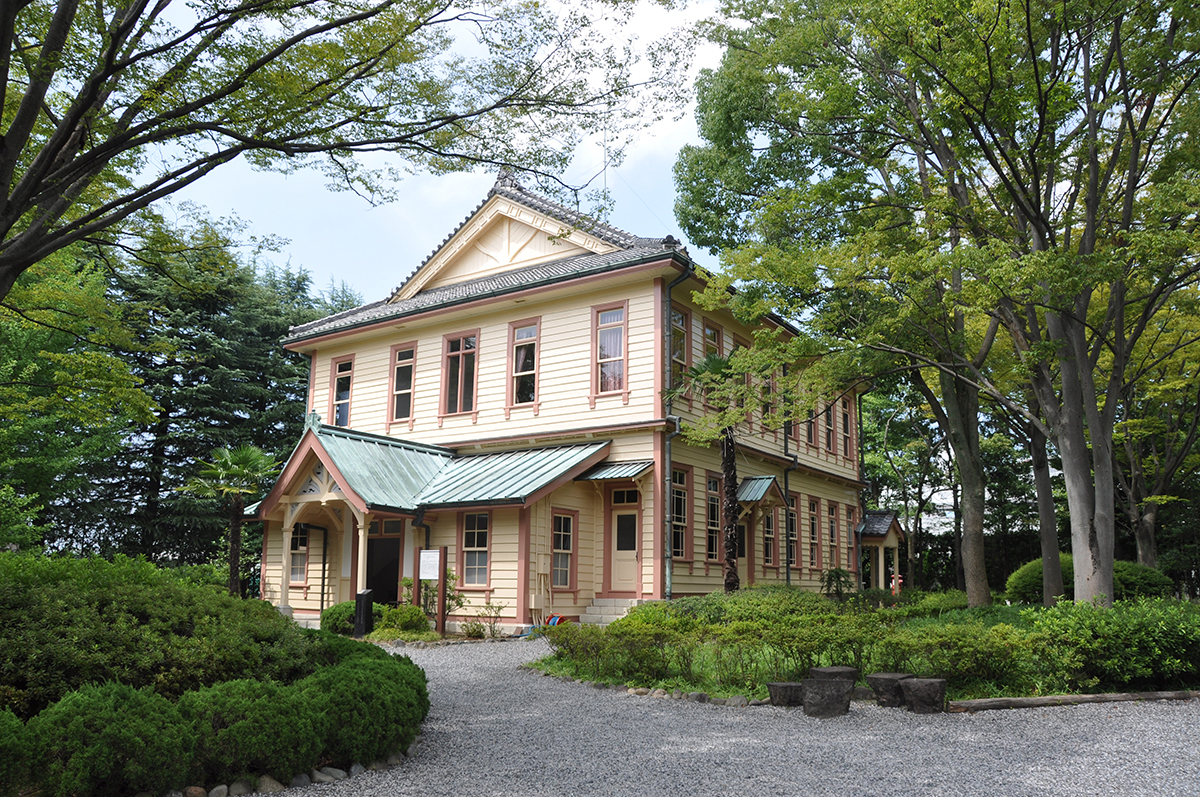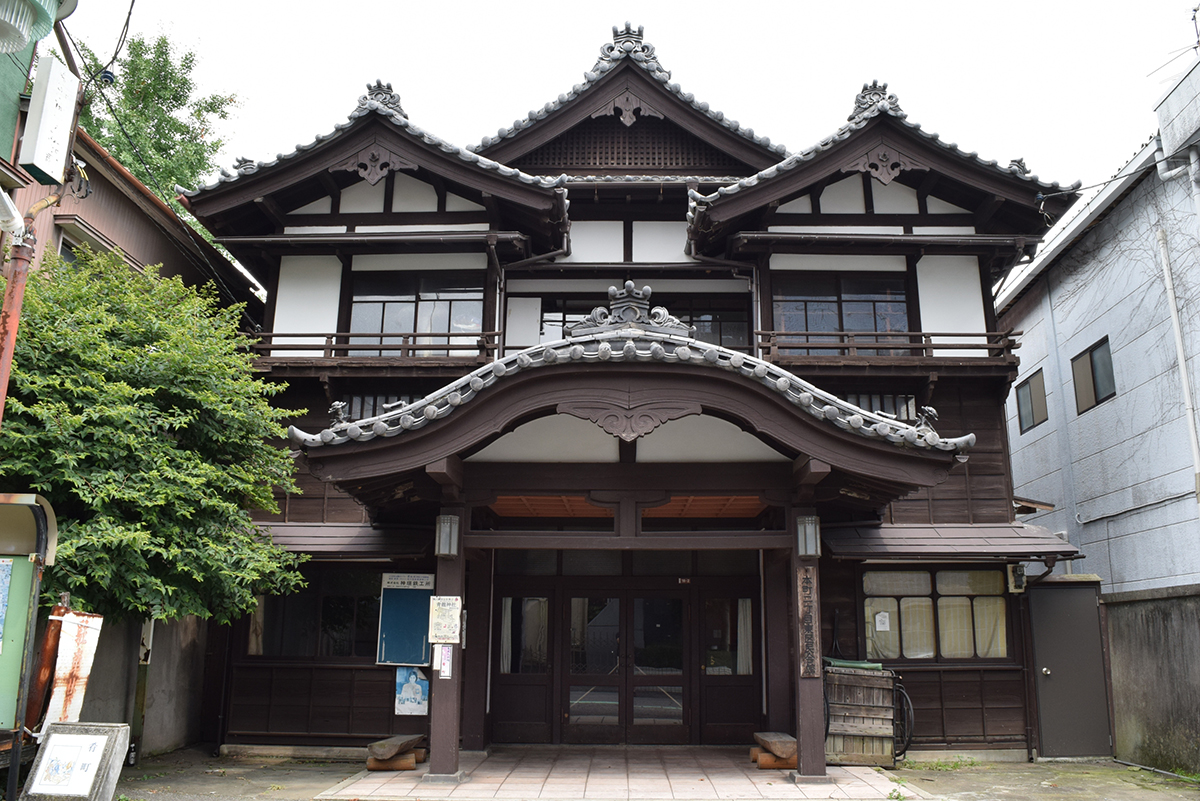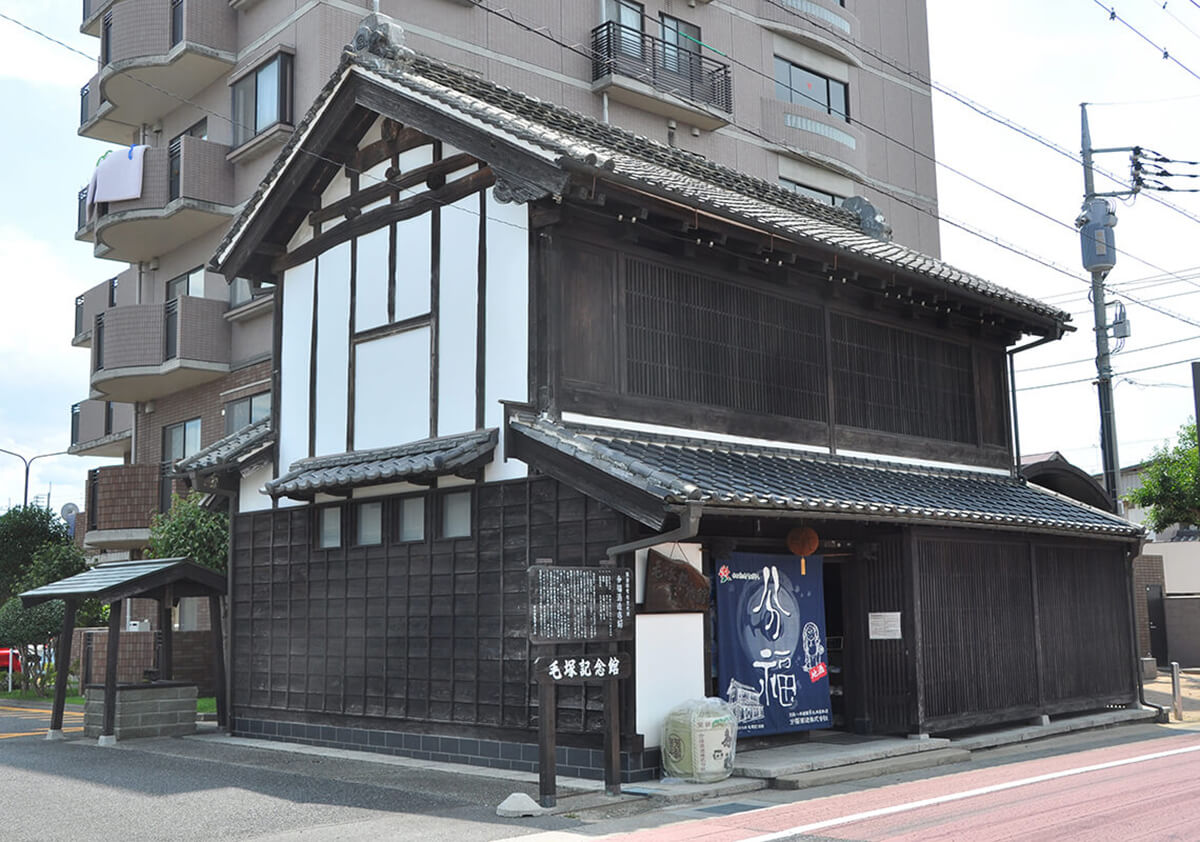Morinji-numa, the enduring unspoilt landscapes of SATO-NUMA
Once upon a time, it was possible to see an unfolding vista of marshes and bogs around the watersides of the rivers and marshes in this region, with a lowland forest surrounding it all. The marshes and bogs were inhabited by all kinds of aquatic wildlife such as carp, crucian carp, and dragonflies, as well as insects and aquatic and bog plants such as water chestnuts and algae. In turn, the lowland forest of this wetland was inhabited by tanukis, snakes, and wild birds. Today, the natural environment surrounding these bodies of water can rarely be seen anymore due to the sprawling developments of towns onto the open plains. However, while the environs of Morinji-numa have been converted into residential land, Morinji-numa itself has preserved its unspoilt landscapes. With its rare species of plants, such as Japanese spatterdock, rabbit-ear iris, and Euphorbia adenochlora, which grow wild in the marsh, this location is one of a very few precious lowland marshes left in the Kanto region.





